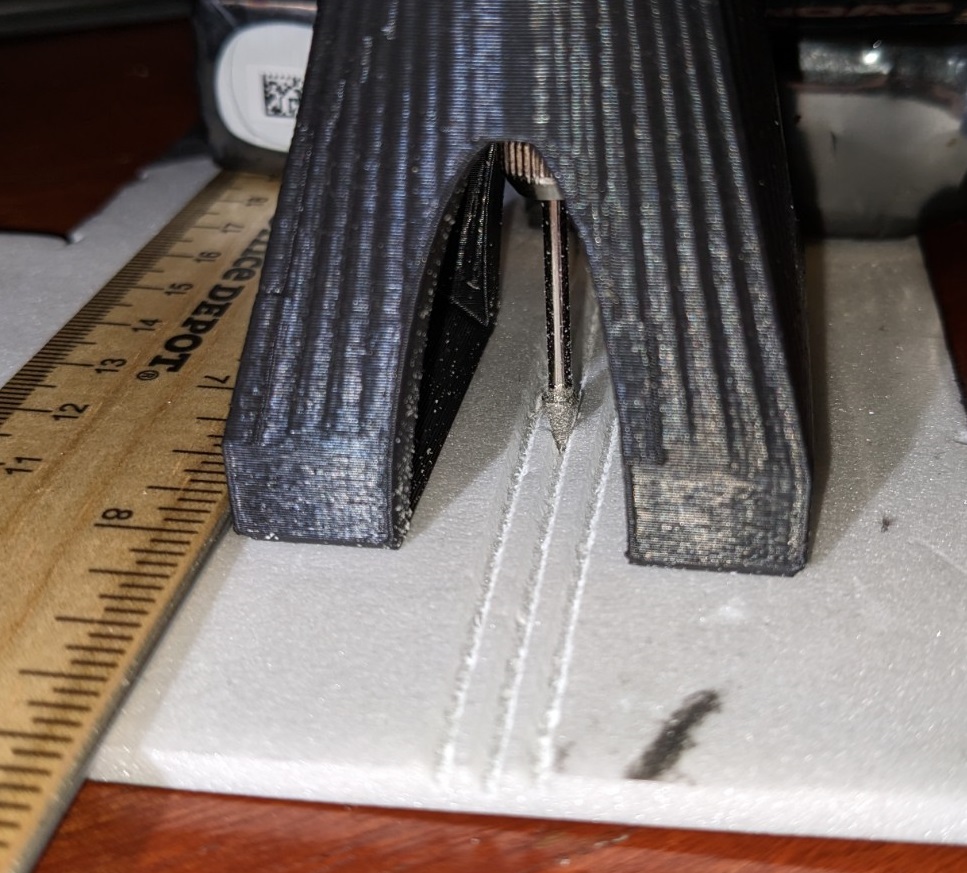Inq
Elite member
This is one I've wanted to do for some time totally in a 3D print. Until, I get to the point where I fly more than I crash, I've held off. But... for FTFC23, I think a foam version will be a great start start and transition... especially if it is BIG = 95 inch wingspan.
As of the firing gun, this is all I have... my references and a motor and a thought to do a 1/6th scale version.

Back to Inq's top level Build-ruary...
As of the firing gun, this is all I have... my references and a motor and a thought to do a 1/6th scale version.

Back to Inq's top level Build-ruary...
Last edited:





